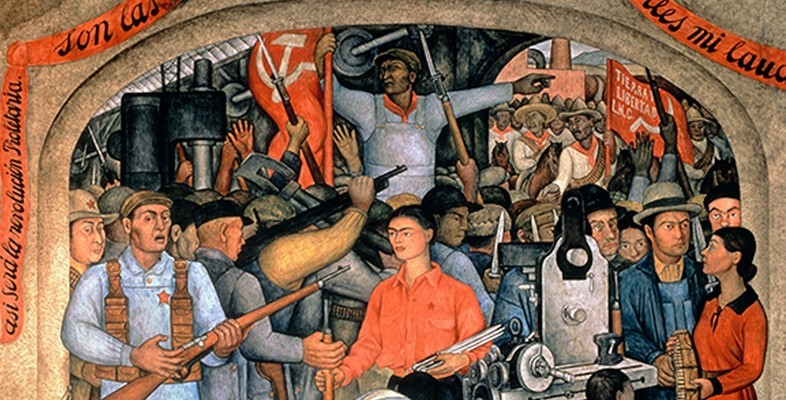Home » Course Layouts » Free Course Layout Udemy
In this course, Art and the Mexican Revolution, you will explore one of Diego Rivera’s key murals which were commissioned by the Mexican government in the period after the Mexican Revolution of 1910-1920. These monumental public artworks, designed to win over the Mexican peasantry and working-class to the new post-revolutionary state, brought Mexican mural artists international acclaim and Rivera was subsequently awarded important commissions in the United States. Yet, due to his commitment to a figurative form of propaganda, Rivera’s reputation suffered during the Cold War period and these Mexican murals are now largely left out of dominant accounts of twentieth-century United States art.
0
56
English
English [CC]
- Learn basic syntax that can apply to any language.
- Learn what is a programming language and the basic concepts for beginners.
- Understand what is Javascript in it's truest form.
- Know the basic syntax of Javascript.
- Know some hidden quirks in Javascript.
Description
Introduction
In this course, Art and the Mexican Revolution, you will explore the significance of certain murals by the artist Diego Rivera. While Rivera is now often known (if he is known at all) as the husband of Frida Kahlo, he was, in fact, one of the three major Mexican muralists (alongside José Clemente Orozco and David Alfaro Siqueiros). Together, these artists were collectively referred to as Los tres grandes (the big three) and in the period after the Mexican Revolution of 1910−20, they were commissioned to produce monumental murals in Mexico City.
Learning outcomes
After studying this course, you should be able to:- Situate a key example of Mexican muralism within the post-revolutionary context in which it was made
- Explore recent debates around the interpretation of Mexican muralism
- Examine the concepts of ‘realism’ and ‘modernism’ in relation to Mexican muralism
- Address the relevance of social and cultural contexts for interpreting works of art
- Analyse works of art in terms of different ideas and approaches.
Course content
-
- The Mexican Revolution 00:30:00
-
- History of Mexico 00:30:00
- The mural described 00:30:00
- Muralism And Modernism 00:30:00
- Detroit Industry 00:30:00
- Fridamania 01:30:00
- Conclusion 00:30:00
N.A
- 5 stars0
- 4 stars0
- 3 stars0
- 2 stars0
- 1 stars0
No Reviews found for this course.












